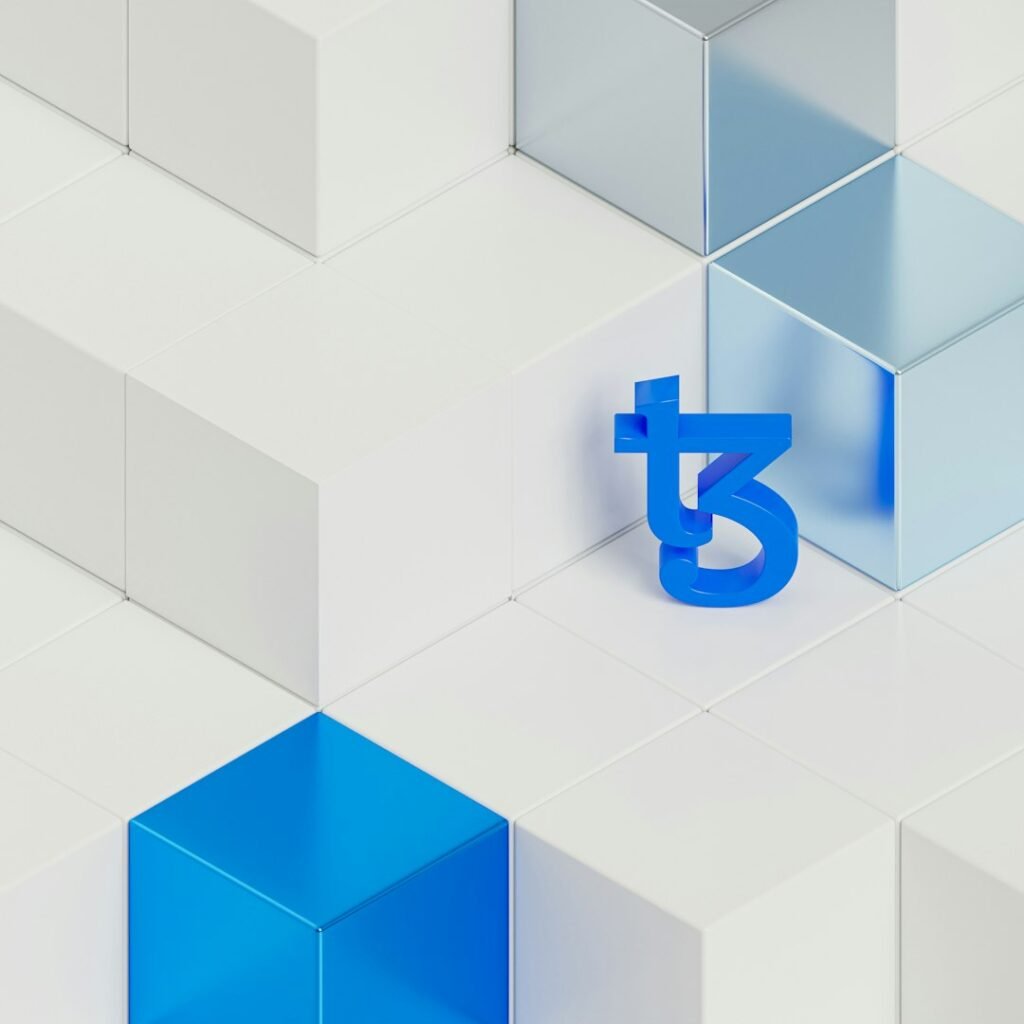Proof of Work: The Powerhouse Behind Bitcoin Mining Explained
Proof of Work (PoW) isn't just tech jargon—it's the unbreakable backbone of cryptocurrencies like Bitcoin. Imagine a global system where trust isn’t handed to banks or governments but earned through sheer computational muscle. That’s PoW: a battle-tested fortress securing billions in digital assets, yet accused of consuming more electricity than entire nations. How does this controversial mechanism really work? Why does Bitcoin stake its future on it? And can it evolve beyond its environmental baggage?
What Is Proof of Work?
At its core, PoW is a decentralized consensus mechanism that replaces middlemen with math. Miners compete to solve fiendishly complex cryptographic puzzles, verifying transactions and adding new blocks to the blockchain. The first to solve the puzzle broadcasts their solution, and if validated by other nodes, earns newly minted cryptocurrency (like Bitcoin) plus transaction fees.
Why the "Work"? Because finding the solution demands massive computational effort—think trillions of guesses per second. This "work" creates an immutable record: altering any transaction would require re-mining all subsequent blocks, a feat practically impossible without controlling over 51% of the network’s computing power.
Bitcoin Mining: PoW in Action
Let’s break down how Bitcoin uses PoW to process transactions:
-
Transaction Pooling:
Users initiate transactions, which gather in a mempool (waiting area). Miners select transactions to include in a candidate block. -
The Hashing Puzzle:
Miners race to find a specific hash (a fixed-length alphanumeric code) for the block. Using the SHA-256 algorithm, they repeatedly hash the block’s data—including a variable called a nonce—until the output matches the network’s target (e.g., a hash starting with 18 zeros). -
Difficulty Adjustment:
Bitcoin’s protocol auto-adjusts puzzle difficulty every 2,016 blocks (~2 weeks). If blocks are solved too quickly, difficulty spikes; if too slowly, it drops. This ensures a new block is added roughly every 10 minutes. -
Validation & Reward:
The winning miner broadcasts their solution. Other nodes verify it. Once confirmed, the block joins the chain, and the miner receives 6.25 BTC (as of 2023) + fees. -
Security Reinforcement:
Each new block references the previous block’s hash. Tampering with one block would require re-mining every subsequent block—a prohibitively expensive task.
Why PoW? The Unmatched Security Fortress
PoW’s critics blast its energy use, but its defenders champion its security advantages:
-
51% Attack Deterrence:
Hijacking Bitcoin would require controlling >51% of its global hash rate—currently ~600 exahashes/second. The hardware and energy costs would exceed tens of billions of dollars. -
Anti-Sybil Shield:
Creating fake identities to sway the network is futile. Mining’s resource intensity makes it economically irrational. -
Decentralization Anchor:
Anyone with hardware can join. No central authority approves transactions—trust emerges from code, not corporations. -
Battle-Tested Reliability:
Bitcoin has run flawlessly on PoW since 2009, surviving hacks, crashes, and regulatory storms.
The Energy Elephant in the Room
Bitcoin’s annual energy use (~127 TWh) rivals Norway’s. Critics argue this is unsustainable, but context is key:
-
Why So Power-Hungry?
Security has a price. The computational arms race (ASIC miners, cooling systems) ensures network integrity. -
The Green Mining Shift:
Over 50% of Bitcoin mining now uses renewable energy (hydro, solar, wind). Miners tap stranded energy—like flared natural gas—or migrate to renewables-rich regions (Iceland, Canada). -
Efficiency Gains:
Modern ASIC miners are 10,000x more efficient than 2009 CPUs. Innovations like immersion cooling cut energy waste.
PoW vs. PoS: The Great Consensus Debate
As alternatives like Proof of Stake (PoS) gain traction (e.g., Ethereum’s 2022 switch), how do they compare?
| Factor | Proof of Work (PoW) | Proof of Stake (PoS) |
|---|---|---|
| Security | Unhackable via computational cost | Relies on staked assets; newer, less tested |
| Decentralization | Open to anyone with hardware | Favors wealthy stakeholders |
| Energy Use | High | Negligible |
| Speed | ~7 transactions/second (Bitcoin) | Thousands TPS (e.g., Ethereum post-merge) |
| Fairness | Rewards computational effort | Rewards existing coin holders |
PoW’s Edge: It avoids the "rich get richer" pitfall of PoS. Mining rewards those who contribute resources, not just capital.
The Future of PoW: Evolution, Not Extinction
PoW isn’t dying—it’s adapting:
-
Layer-2 Scaling:
Solutions like Bitcoin’s Lightning Network process transactions off-chain, slashing energy use per transaction while leaning on PoW’s base-layer security. -
Hybrid Models:
Blockchains like Decred blend PoW (for block creation) and PoS (for governance), balancing security with efficiency. -
Institutional Backing:
Nations like El Salvador (Bitcoin as legal tender) and U.S. states (Texas) are embracing PoW, incentivizing green mining. -
Quantum Resistance:
Research into quantum-proof algorithms ensures PoW blockchains survive future computing threats.
Conclusion: The Unstoppable Engine
Proof of Work remains the gold standard for blockchain security. Its energy intensity is a trade-off for trustless, decentralized integrity—a trade Bitcoin’s architects deemed essential. While PoS and hybrids offer compelling alternatives, PoW’s resilience ensures its role in the crypto ecosystem for years to come. Innovations in green energy and scaling promise a leaner future, but its core promise endures: In a world of digital uncertainty, some trust must still be earned by sweat—or silicon.












